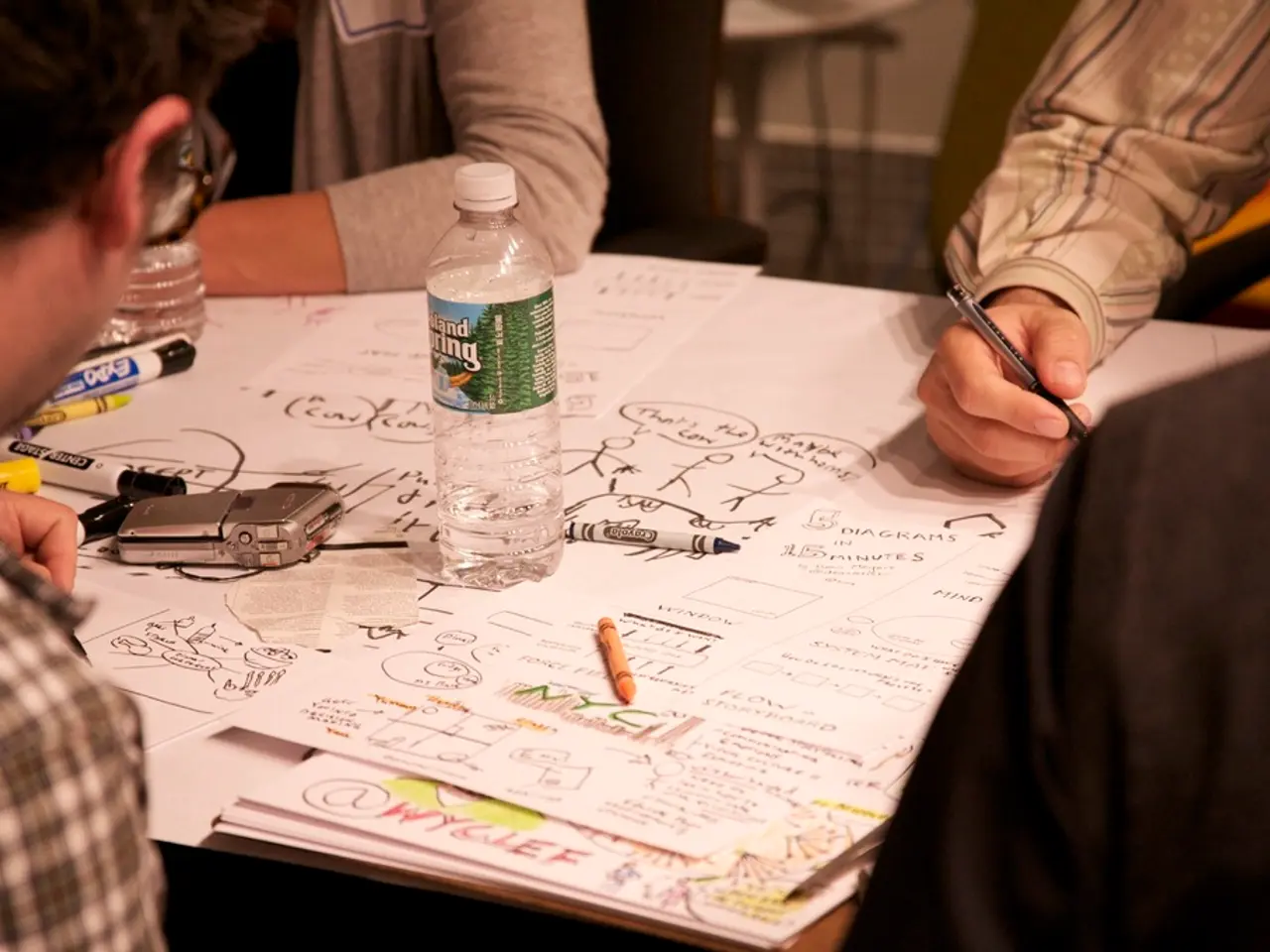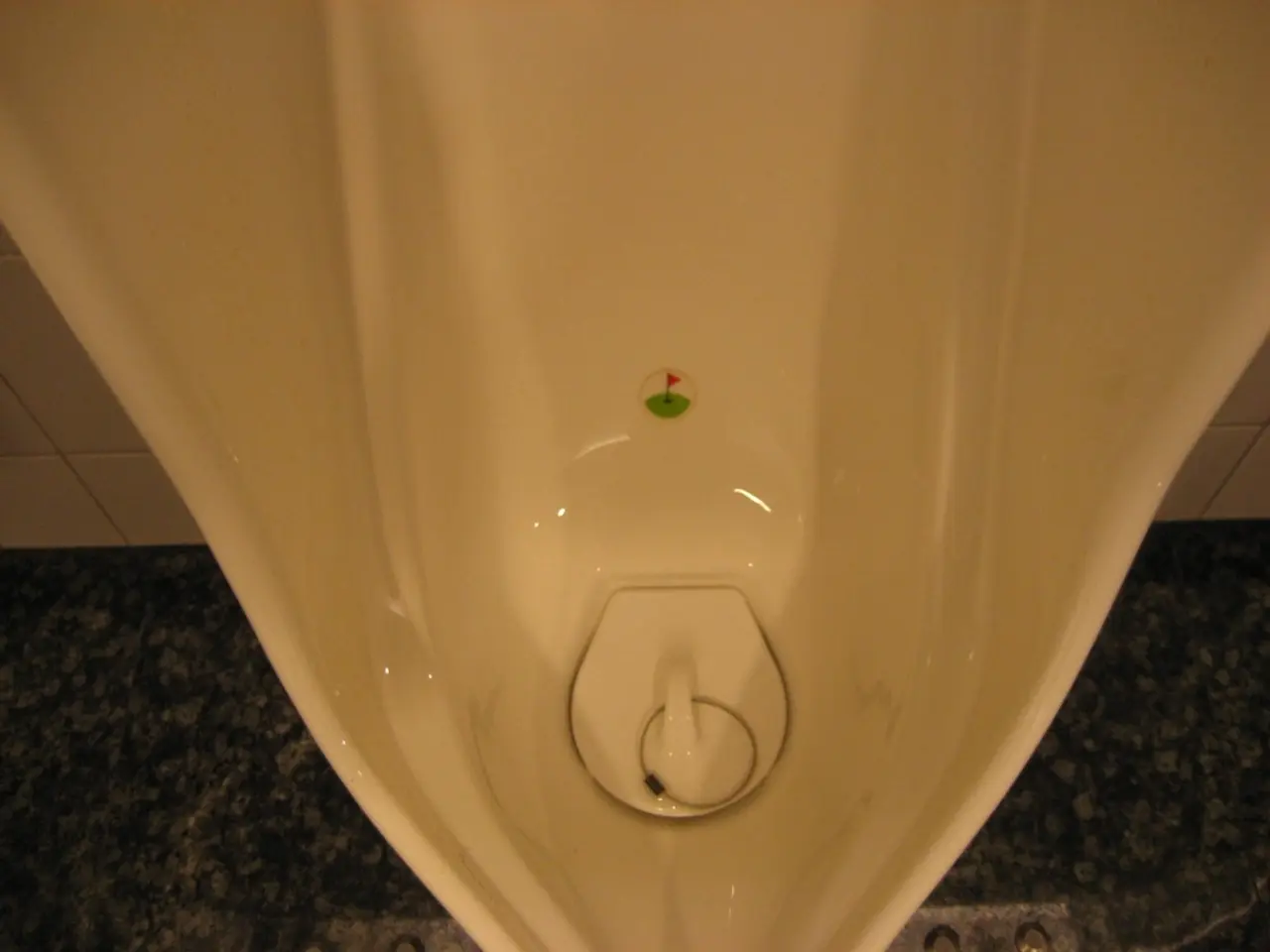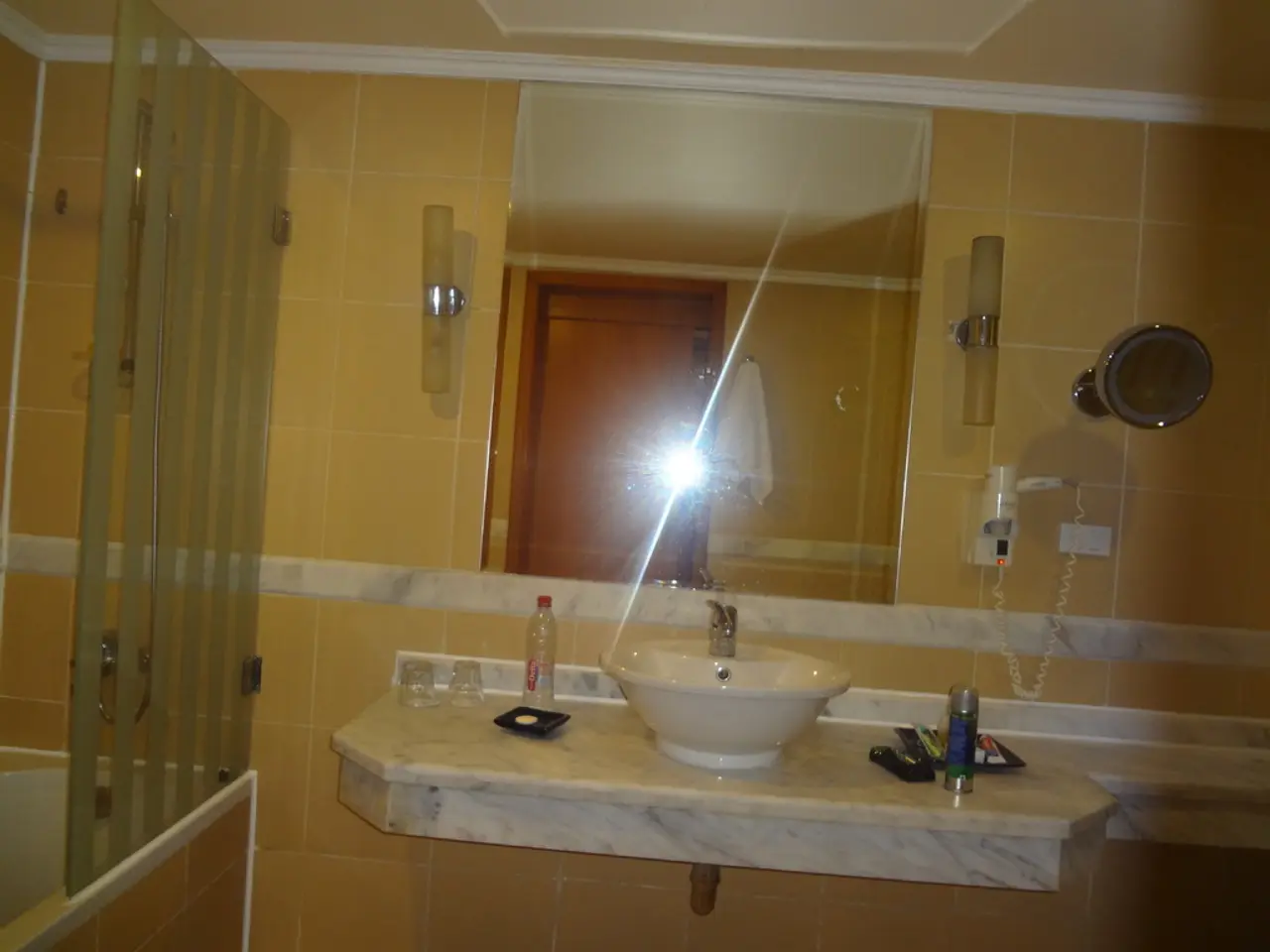Impetigo: Description, signs, and causes for this infectious skin disease, and the available treatment options.
Impetigo, a common bacterial skin infection, is often seen in young children and accounts for a significant percentage of skin issues in this age group. This infection typically involves blistering, and there are three main types: nonbullous, bullous, and ecthyma.
Nonbullous impetigo starts as a small blister that can spread quickly, often affecting the face and extremities. Bullous impetigo begins with small blisters that often affect the trunk of the body and stay longer without bursting. Ecthyma, a more severe variant, involves ulcers that enter the deeper layers of the skin, resulting in scarring and potential complications.
Symptoms of ecthyma include vesicle formation, ulceration, scarring, crust formation, and pain and discomfort. The typical presentation of ecthyma can be influenced by the causative organism and the patient's immune status.
For mild or localized cases of impetigo, topical antibacterial ointments such as mupirocin or retapamulin may be used. However, deeper infections often require oral antibiotics like penicillin-based drugs, cephalosporins, or clindamycin. Proper wound care, pain management, and close monitoring are also essential.
To prevent impetigo, it's crucial to wash any cuts, scrapes, grazes, or insect bites at once and keep them clean. Regular handwashing, avoiding scratching or touching any wound or skin lesion, avoiding sharing personal items, and covering any open wounds can help reduce the risk of transmission.
If someone has impetigo, they can help prevent its spread by washing the affected areas with a neutral soap and running water, covering lightly with gauze if possible, avoiding touching the blisters, keeping personal items separate and washing them daily at 140°F (60°C) or higher, using gloves when applying ointment, and washing hands thoroughly afterward.
It's essential to seek medical help to confirm the diagnosis of impetigo, as it can appear similar to other conditions such as cold sores, eczema, shingles, or chickenpox. Alternative remedies for impetigo are not proven to work, and a person should follow a doctor's instructions regarding treatment to help prevent transmitting the infection.
Ecthyma requires prompt treatment to prevent complications and minimize scarring. Complications of impetigo are rare but can include poststreptococcal glomerulonephritis, a potentially life-threatening kidney infection, as well as septic arthritis, sepsis, scarlet fever, staphylococcal scalded skin syndrome, and more.
Remember, a course of antibiotics usually lasts at least 5 days, and it is essential to complete the course even if symptoms clear up early. By understanding impetigo and ecthyma, we can better manage these conditions and ensure a quick and effective recovery.
Antibiotics, such as penicillin-based drugs, cephalosporins, or clindamycin, are often used to treat deeper infections of impetigo, particularly for the severe variant, ecthyma. Science plays a crucial role in the health-and-wellness sector by providing medical advances like these antibiotics that aid in the management of skin-conditions like impetigo and ecthyma. To maintain the well-being of one's skin, it's important to practice preventive measures, like washing cuts or wounds, regular handwashing, and avoiding sharing personal items, as these can help reduce the risk of skin-care issues like impetigo.




